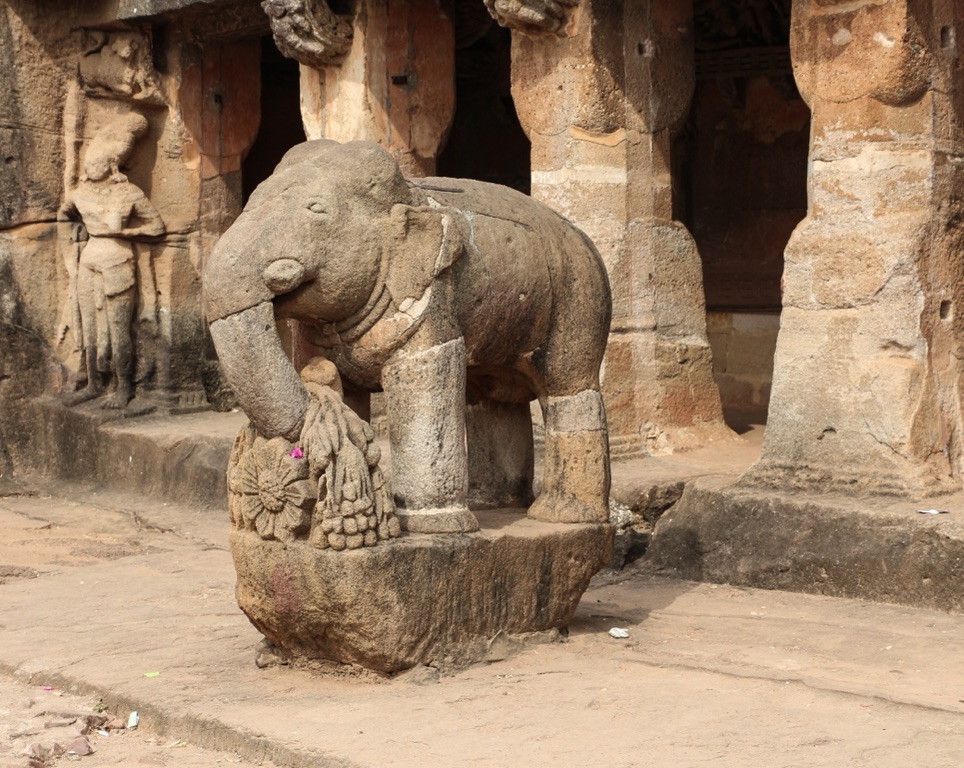The Udayagiri caves herald an era of artistic and religious expressions in India, providing a unique insight into the cultural landscape during the 4th and 5th centuries AD. Nestled in the state of Madhya Pradesh, these rock-cut sanctuaries embody the prowess of the Gupta Dynasty. They are famous for intricate carvings and monumental sculptures of Hindu gods and goddesses. Most notably, the site is home to the iconic ‘Varaha Avatar’ of Lord Vishnu, illustrating the blend of mythological narratives with the natural environment.
Ancient Civilizations
All Ancient Civilizations, Cultures and People
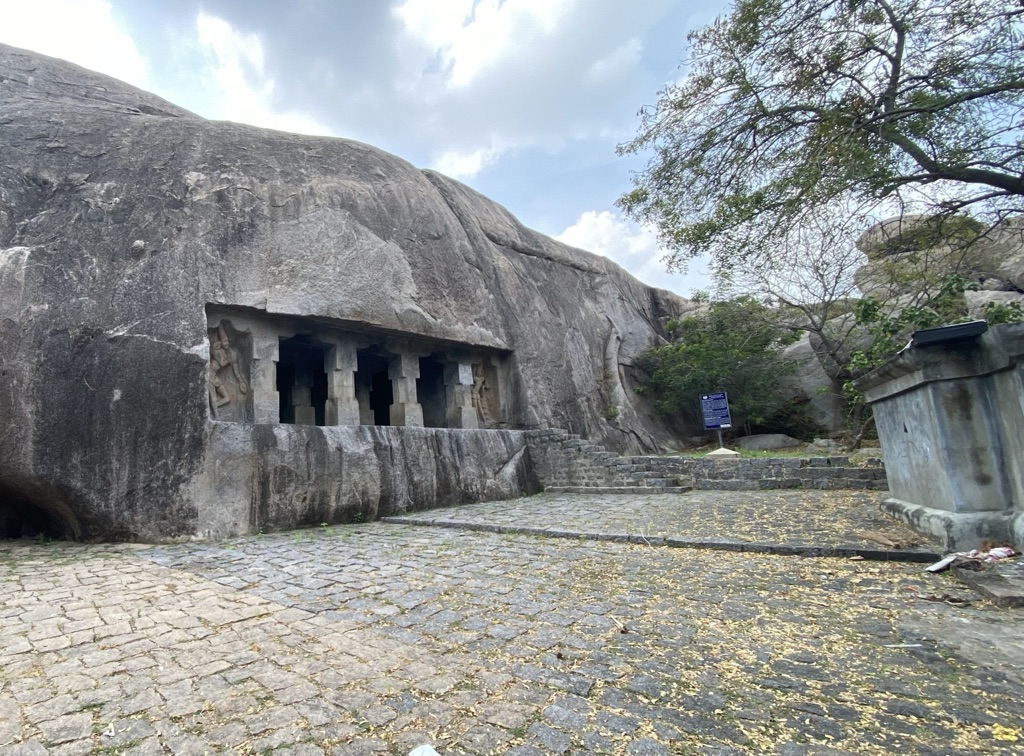
Mandagapattu Temple
The Mandagapattu Temple is a celebrated historical site that marks an important evolution in South Indian temple architecture. Carved out of a rock face, this Hindu temple is a fine example of early Pallava art and showcases a unique blend of religious and cultural influences. Unlike the later Dravidian temples with towering gopurams, the Mandagapattu temple’s charm lies in its simplistic yet intricate carvings and the absence of deities in its sanctum at its time of conception. This landmark is believed to be the brainchild of King Mahendravarman I, who initiated the practice of rock-cut architecture in the region.
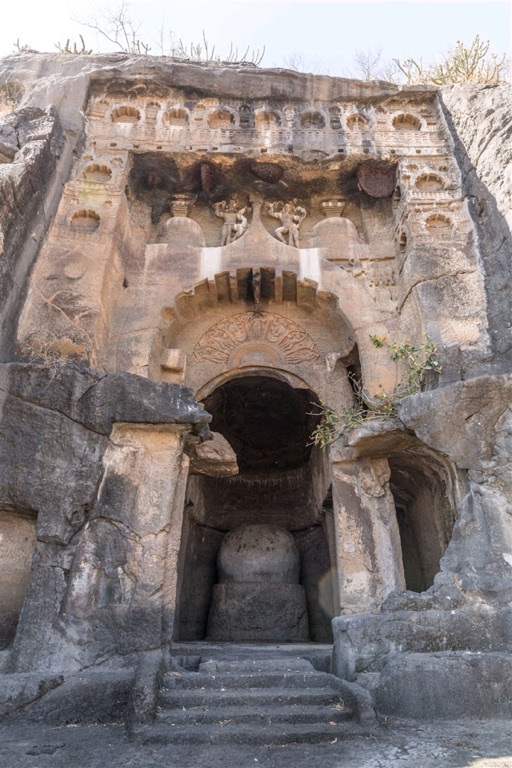
Manmodi Caves
The Manmodi Caves are a remarkable assemblage of rock-cut wonders, etching the cultural and religious history of ancient India into stone. Nestled in the Sahyadri hills near Junnar, Maharashtra, these caves represent a monastic complex that has withstood the test of time. They offer significant insights into the practices of early Buddhist monks and highlight the architectural prowess of a bygone era. The caves, with their viharas and chaityas, meticulously carved inscriptions, and rock pillars offer a powerful reflection of the ascetic life and spiritual endeavors of their creators.
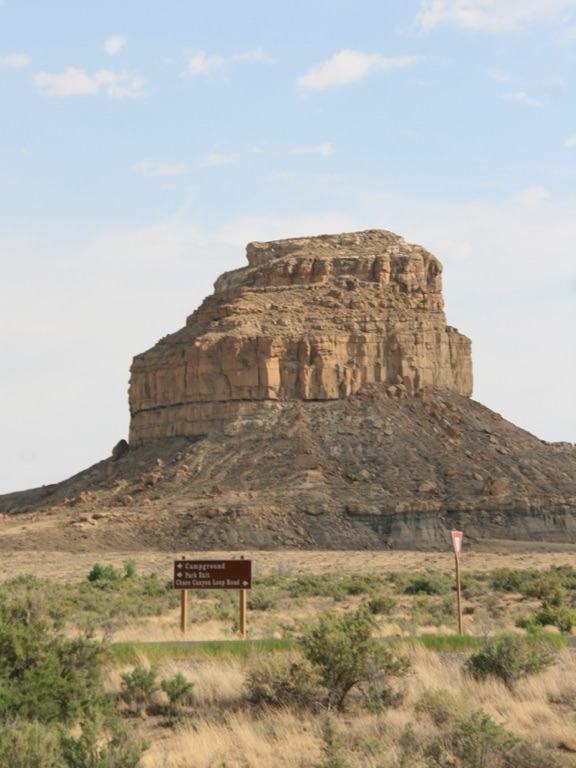
Fajada Butte Sun Dagger
Fajada Butte in Chaco Culture National Historical Park stands as a monument to the sophisticated celestial knowledge of the ancestral Puebloans. These native people inhabited what is now the American Southwest over a thousand years ago. Their understanding of solar and lunar cycles is evident at the butte. Carefully arranged stones on the cliffs cast shadows, or ‘sun daggers’, over spiral petroglyphs. These mark the passing of solstices and equinoxes, reflecting a complex timekeeping system. The Sun Dagger is more than a unique rock formation. It is a sophisticated astronomical marker. Its discovery in the 1970s opened a window into the lives of the Chacoans.
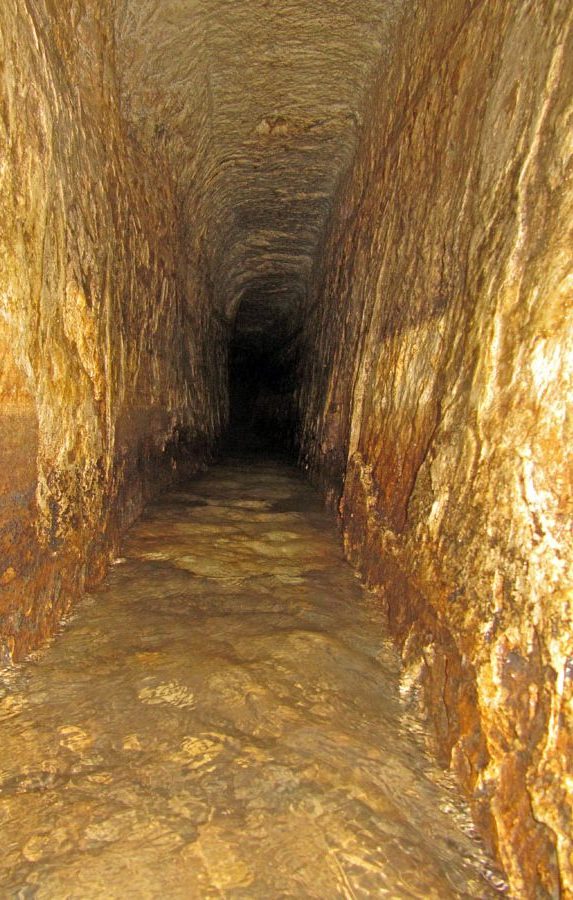
Hezekiah’s Tunnel (Siloam Tunnel)
Hezekiah’s Tunnel is a remarkable feat of ancient engineering located in the city of Jerusalem. This subterranean passage, carved over 2,700 years ago during the reign of King Hezekiah, served to protect Jerusalem’s water supply from Assyrian invaders. Stretching for approximately 533 meters, the tunnel channels water from the Gihon Spring to the Pool of Siloam. It stands today as a testament to the innovative and forward-thinking nature of the period, showcasing bold defensive strategies and a high level of technical skill.
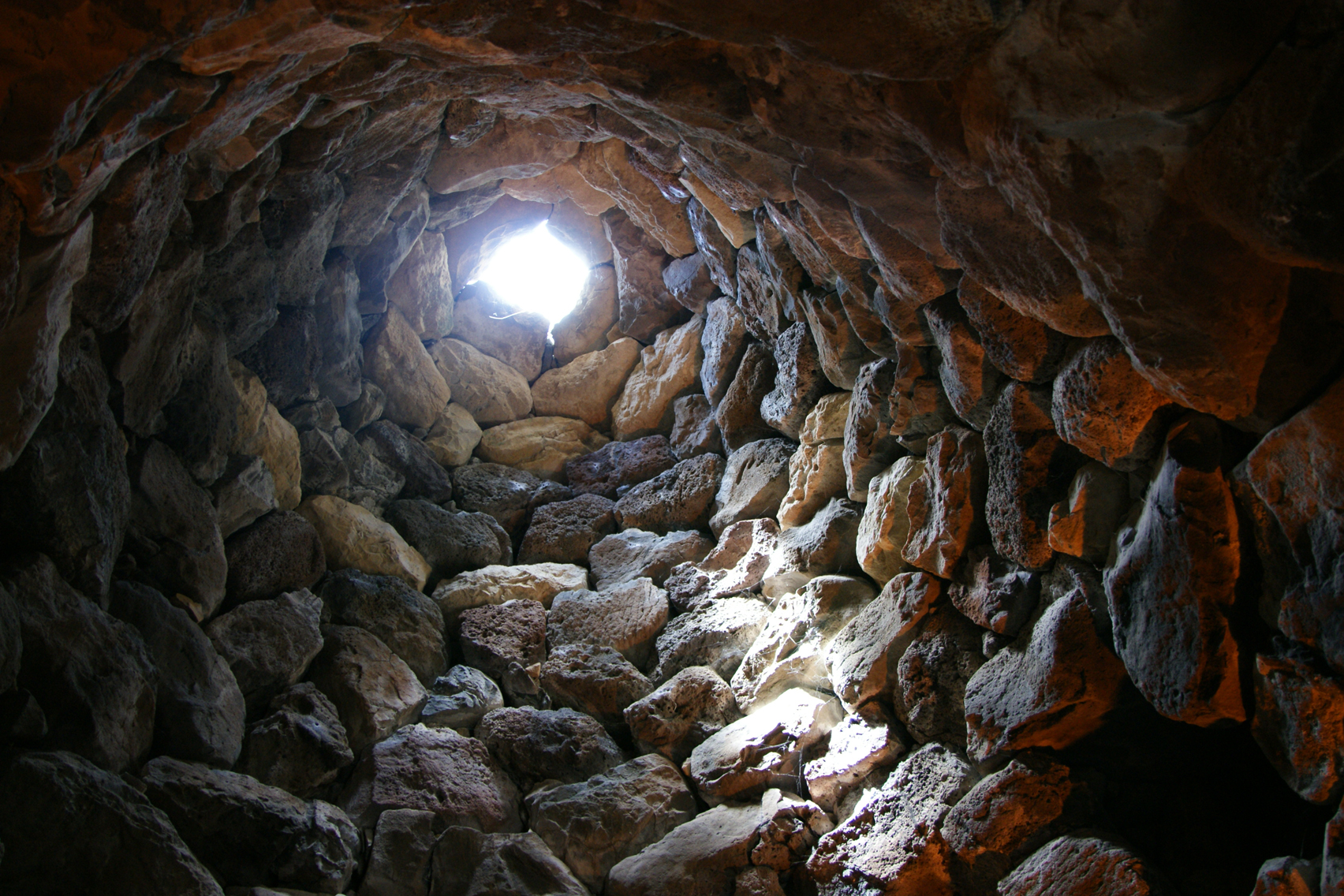
Su Nuraxi di Barumini in Sardinia
Su Nuraxi di Barumini stands as a remarkable testament to the Nuragic civilization. This prehistoric site, nestled in the scenic landscape of Sardinia, Italy, captures the essence of an ancient culture. Its towering stone fortresses, known as nuraghes, offer a window into the past. Visitors can explore the complex network of dwellings, towers, and intricate defensive structures. These remnants highlight the advanced engineering skills of a vanished civilization. Stories of the Nuragic people and their way of life come alive as one wanders through the ruins. The site provides not just historical insights but also a breathtaking experience for history buffs and casual visitors alike.

